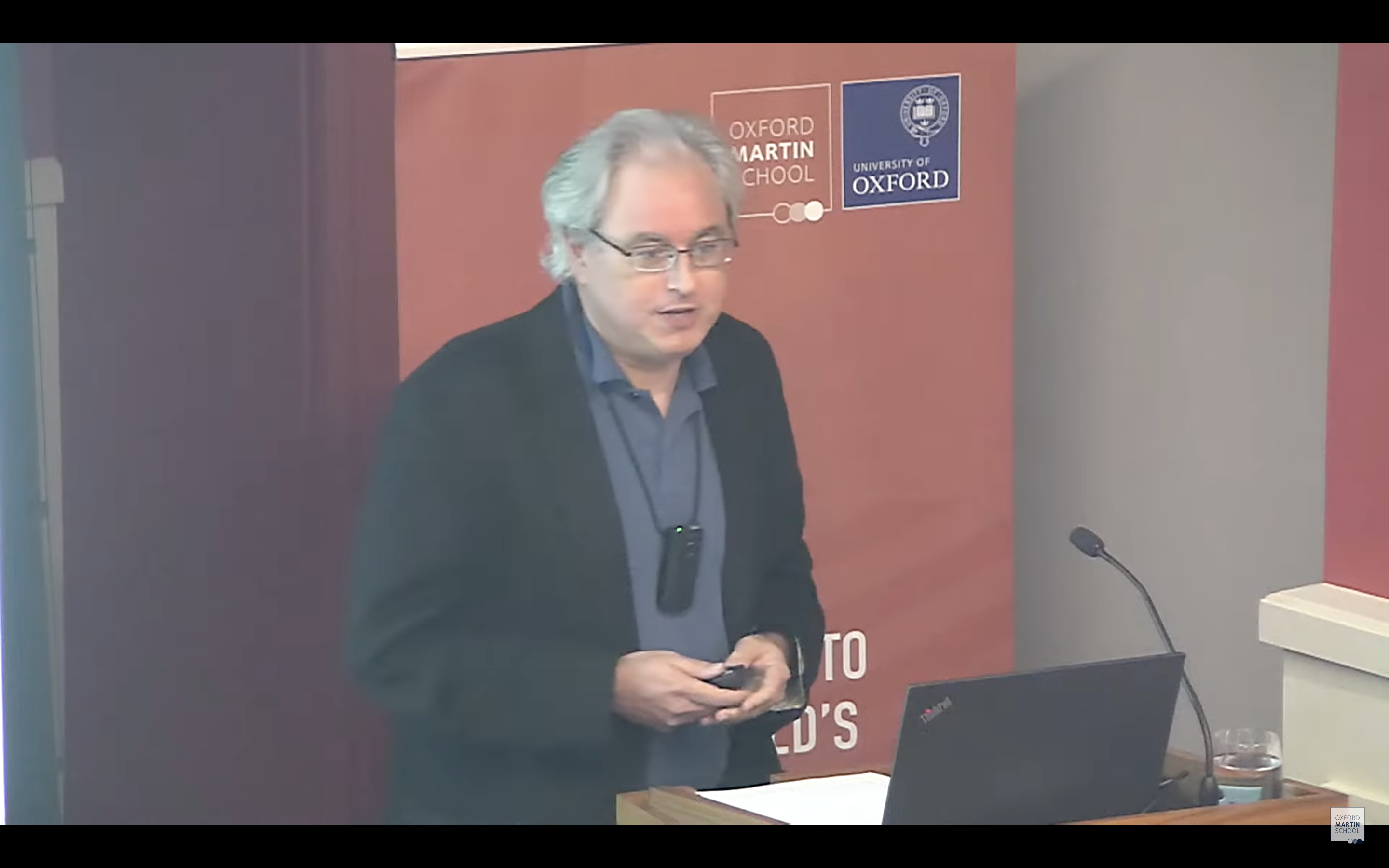By
March 02, 2009
While President Obama's budget represents much of the change he promised on the campaign, his proposed $51.7 billion International Affairs Budget—a 9.5 percent increase over 2009—seems to provide more of the same: the same upward trend of the last ten years, during which international affairs budgets rose by double digits in all but two years, and the same downward pressure on long-term economic development programming. Massive increases in funding for health, and to a lesser extent for education, have squeezed much of the flexibility to address long-term economic growth out of country budgets. For instance, in Ethiopia, barely $20 million out of nearly $1 billion in annual U.S. assistance was available for economic growth. The current budget year offers few opportunities to change this dynamic, but the administration could lay the foundation for a more balanced approach to development in the future through a simple budget innovation that I explain at the end of this post.First, some explanation of how a 9.5 percent increase in the International Affairs Budget, the so-called 150 account, could leave important programs underfunded. While the development community understandably breathed a collective sigh of relief that tough economic times did not result in sharp cuts in the International Affairs line item, the three page write-up in the budget document contains few details. Some that do exist should give the development community cause to worry, particularly those of us who work on economic growth.For instance, the budget document says it "imposes transparency" by putting into the base those programs that are predictable and recurring, including funding for humanitarian programs and peacekeeping as well as, presumably, non-military aid for Afghanistan and Iraq. In FY2008, the Bush administration requested $3.2 billion for these programs and embassy construction and security through emergency supplementals. To the extent these expenses really are now included in the base, they will eat into the budgets for other forms of development assistance, particularly economic growth assistance, that has traditionally been funded through the annual appropriation.The budget also recommits the United States to President Bush's extensive initiatives to fight AIDS and malaria. These programs are in the midst of significant ramp-ups that should more than double them in the next five years, again eating into the assistance focused on creating economic growth. The Obama administration proposes to add additional health funding for maternal and child health and family planning. The budget will fund a "significant" expansion of the foreign service, an effort also begun in the Bush administration with the addition of more than 1,000 foreign service officers under Secretary Powell and the additional request for more than 1,000 more under Secretary Rice. (For more on the long-term implications of this trend, see Mead Over's Prevention Failure: The Ballooning Entitlement Burden of U.S. Global AIDS Treatment Spending and What to Do About It.)All of these items—truth in budgeting, building on successful health programs, and additional foreign service officers—are praiseworthy on their own terms. Having recently returned from an understaffed overseas post, I especially welcome the proposed increase in foreign service officers for State and USAID. But, with only a 9.5 percent total increase in the 150 account, this means that the squeeze in non-health budgets that most USAID missions have faced for the past few years will continue. One conspicuous absence from the president's budget document is any mention of the Millennium Challenge Account. Aside from being an innovative program that reinforces reform in poor countries, the MCA provided critical long-term development assistance that was under pressure elsewhere in the budget. Its absence suggests this source of funding for economic growth may be threatened.If the past is any guide, the development community should also not expect much relief from Congress, which consistently cut the previous administration's International Affairs request, and in particular reduced economic growth programs. The result is that when it comes time to allocate the funds this budget will make available, most USAID missions will find virtually no flexibility to support economic growth programs—even though U.S. officials on the ground in our embassies and foreign aid missions often recognize that these are among the most effective and popular of our assistance programs.Which brings me to the proposed budget innovation: let those on the ground have a say in the process. The new administration, as part of the FY10 budget allocation process, should offer ambassadors and their mission directors the opportunity to submit an alternative budget that is completely free of the earmarks and sectoral mandates that historically have hamstrung the budget process and that, as the numbers above suggest, will be even more of a problem in the future. Under the guidance of Deputy Secretary of State Jack Lew, the F Bureau (the State Department office that oversees financial decision-making) would approve those alternatives that are the most compelling, with the pain of meeting overall targets spread to the other missions. This innovation would serve two purposes: First, it would give missions that see an opportunity to make a real difference with long-term economic growth programming (or any other underfunded programming, for that matter) the chance to do so. Second, it would make clear to all involved the impossible budget pressure that these programs face.A few mission directors apparently submitted such alternatives on their own initiatives two years ago, but with limited effect. The advance endorsement of the process by the administration would make a big difference. If few missions take the opportunity to submit alternative budgets this time, they will confirm that the current direction is acceptable to those who are closest to the problem—and who complain most loudly about it. However, if, as I suspect, most missions develop alternative budgets emphasizing economic growth, the administration and Congress will need to think hard about how they offer this type of flexibility more broadly in next year's budget.
Disclaimer
CGD blog posts reflect the views of the authors, drawing on prior research and experience in their areas of expertise. CGD is a nonpartisan, independent organization and does not take institutional positions.





